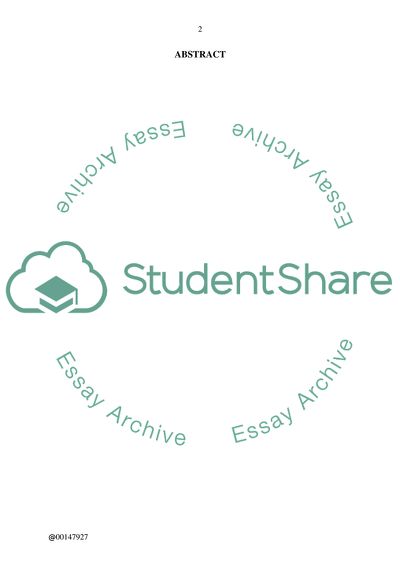Cite this document
(Diagnostic Effectiveness of Magnetic Resonance Imaging Compared to Research Paper, n.d.)
Diagnostic Effectiveness of Magnetic Resonance Imaging Compared to Research Paper. Retrieved from https://studentshare.org/health-sciences-medicine/1736605-a-systematic-review-articles-will-be-provided
Diagnostic Effectiveness of Magnetic Resonance Imaging Compared to Research Paper. Retrieved from https://studentshare.org/health-sciences-medicine/1736605-a-systematic-review-articles-will-be-provided
(Diagnostic Effectiveness of Magnetic Resonance Imaging Compared to Research Paper)
Diagnostic Effectiveness of Magnetic Resonance Imaging Compared to Research Paper. https://studentshare.org/health-sciences-medicine/1736605-a-systematic-review-articles-will-be-provided.
Diagnostic Effectiveness of Magnetic Resonance Imaging Compared to Research Paper. https://studentshare.org/health-sciences-medicine/1736605-a-systematic-review-articles-will-be-provided.
“Diagnostic Effectiveness of Magnetic Resonance Imaging Compared to Research Paper”, n.d. https://studentshare.org/health-sciences-medicine/1736605-a-systematic-review-articles-will-be-provided.


